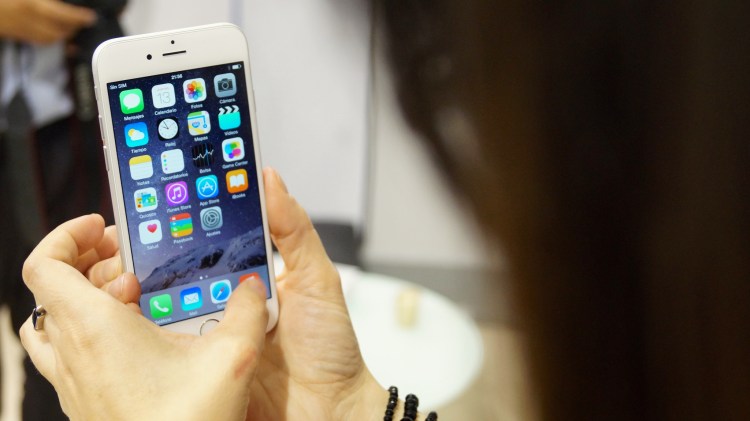Apple knew before launching the iPhone 6 series that its 4.7-inch and 5.5-inch devices were considerably more likely to bend than the iPhone 5s, but continued to downplay the issue — despite charging users steep prices for repairs and quietly addressing the problems with engineering changes. The revelations came today via Motherboard, citing documents from a proposed class action lawsuit over iPhone 6 bend-related hardware issues.
According to the report, Apple conducted engineering tests of the iPhone 6 and iPhone 6 Plus before they were released, determining that they were respectively 3.3 and 7.2 times more likely to bend than the prior flagship iPhone 5s. Reviewing the tests as part of the lawsuit, Judge Lucy Koh said that Apple knew before launch that the new iPhones were “likely to bend more easily when compared to previous generations,” a major concern, though the company subsequently maintained that there were no engineering issues with the devices.
Addressing reports of easily bent phones that began to be referred to as “Bendgate,” Apple called the issues “extremely rare” and said that the “iPhone 6 and 6 Plus meet or exceed all of our high quality standards to endure everyday, real life use.” The company said that it had rigorously tested the phones across common use and misuse scenarios, initially receiving only nine complaints regarding iPhone 6 Plus bending from millions of device users.
Though it’s been known for years that Apple switched to a stronger aluminum alloy for the subsequent iPhone 6s models, the report notes that Apple also quietly made internal changes to the iPhone 6 series, which it continued to sell at lower prices. To address an issue known as “touch disease,” whereby the touchscreen would stop working properly when the device was flexed, Apple began using an epoxy known as underfill to reinforce the “Touch IC” chip portion of the logic board. This prevented the chip from separating from the board during flexing, which the proposed class action lawsuit alleges happens naturally through normal placement of the phone in pockets.
June 5th: The AI Audit in NYC
Join us next week in NYC to engage with top executive leaders, delving into strategies for auditing AI models to ensure fairness, optimal performance, and ethical compliance across diverse organizations. Secure your attendance for this exclusive invite-only event.
According to the report, “Apple had used underfill on the preceding iPhone generation but did not start using it on the [touch disease-related] chip in the iPhone 6 and iPhone 6 Plus until May 2016” when millions of the devices were already in the marketplace. Moreover, Apple didn’t publicly acknowledge the issue until November 2016, at which point it agreed to fix touch-diseased phones for $149, rather than the $349 it had previously charged — but didn’t note that it made engineering changes to address the issue.
Rather than acknowledging that the issue developed from flexing, Apple published a service notice claiming that touch disease happens only when phones are “dropped multiple times on a hard surface,” explicitly blaming users for the problem. Since then, the company has fought the lawsuit, and Judge Koh recently denied the plaintiffs’ efforts to certify the case as a class action. The plaintiffs have been told that they must offer a “sufficient model for being paid damages in the event that they win,” and are likely to file a motion for an appeal or reconsideration.


